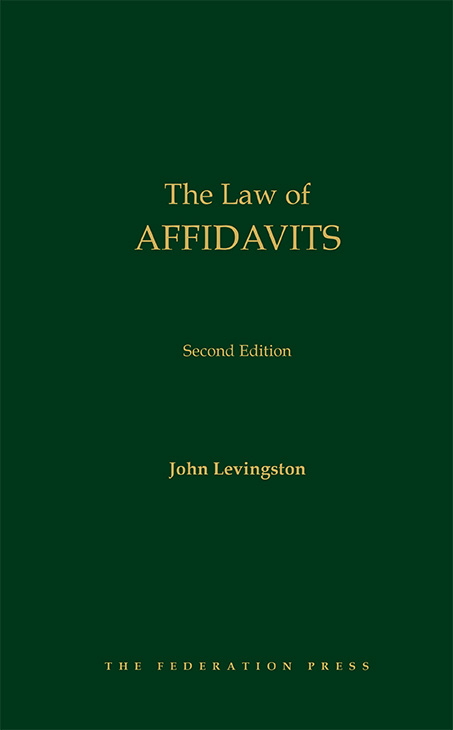…original and provocative … [a] comprehensive critique of the Australian law of jurisdiction…
[It is] no exaggeration to claim that Jurisdiction in International Litigation is the most significant book to have been published on the Australian law of jurisdiction since Sir Zelman Cowen’s Federal Jurisdiction in Australia appeared in 1959. Importantly, it gives even more than Cowen’s evergreen study does, because Jurisdiction in International Litigation is an example of the greater practical and theoretical depths which legal scholarship has plumbed in the last half century. Keyes has still done solid doctrinal groundwork, equal to Cowen’s. But we learn more of both the practice of courts in litigation by empirical analyses of the outcomes of these international cases, and the theory that could give adjudication a greater coherence than it currently possesses. The book should therefore be of greater interest to a broad market of scholars, practitioners and lawmakers. …
Jurisdiction in International Litigation should be useful to all who need to know the detail of the law of juridsdiction, including litigators who need to give accurate predictions as to what courts will do with pleas of forum non conveniens. … this book should be read, marked and digested by the judges of the High Court of Australia…
Reid Mortensen, Griffith Law Review (2007) Vol 16 No 1, 276-280
Dr Mary Keyes has written an excellent book on the Australian law relating to jurisdiction in (private) international litigation. Building one suspects on a doctoral thesis, the book contains a combination of theory and various proposals for reform with a detailed technical exposition of the law in this increasingly important area. With Sykes & Pryles’ Australian Private International Law (1991) now hopelessly out of date, and Nygh and Davies’ Conflict of Laws in Australia (2002) focussing on much more than jurisdiction, Dr Keyes’ identification and analysis of recent Australian case law will be very useful for practitioners. (The discussion extends well beyond the significant brace of recent decisions by the High Court in this area.) So, too, fresh insight may be gained from the way in which familiar material is conceptually organised. For example, there is a short but particularly useful discussion (at 63-67) in relation to the assertion of jurisdiction over corporations including the assertion of jurisdiction over a foreign parent carrying on business through a local subsidiary. …
The book is neither a textbook nor a practitioner’s work insofar as it does not simply set out in a structured way the law relating to the establishment and exercise of jurisdiction. That is not to say that any student, academic or practitioner interested in these topics will not find an illuminating discussion of them in the work. They will. In this, they are assisted by a very good index.
NSW Bar News, Summer 2005/06




